
Understanding Colon Cancer
Let’s dive into the world of colon cancer—a significant health concern that affects countless lives. Colon cancer ranks as the third most common cancer-related cause of death in the United States. Colon cancer takes root in the large intestine affects 1 in 23 men and 1 in 25 women at some point in their life. In this article, we’ll learn about colon cancer, explore its signs and symptoms, delve into its root causes, understand treatment options, and arm you with natural strategies to support your well-being.


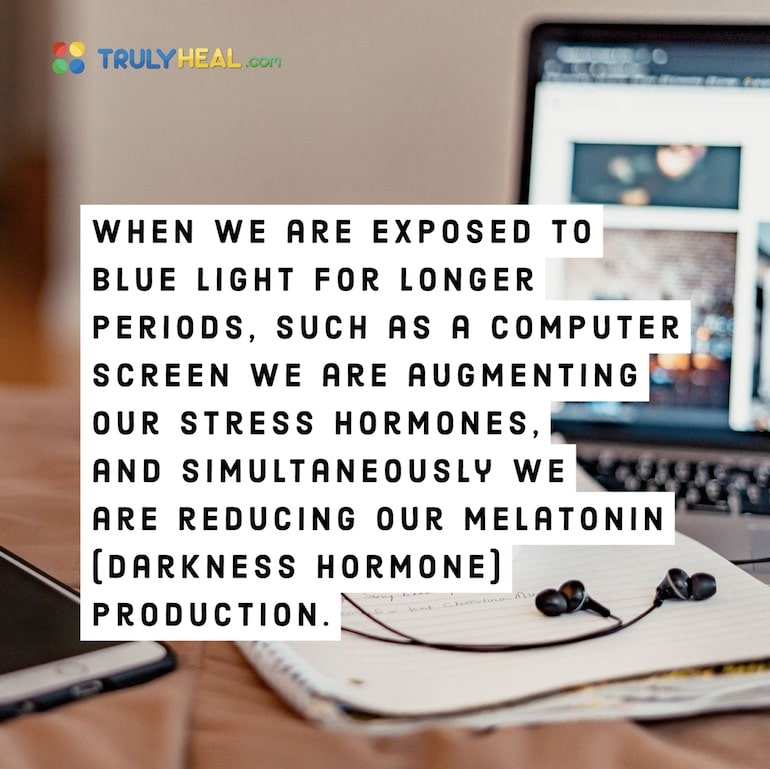
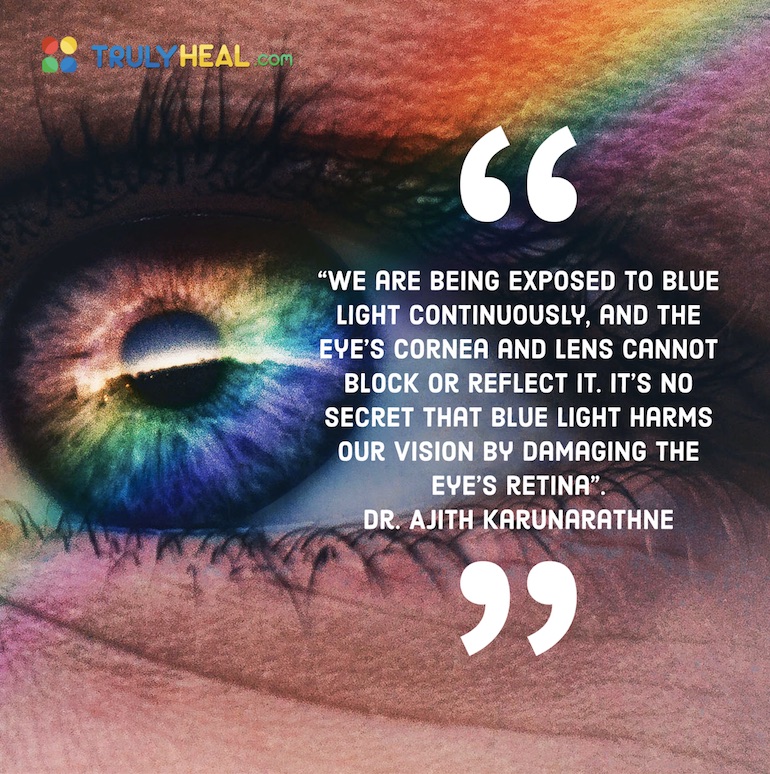
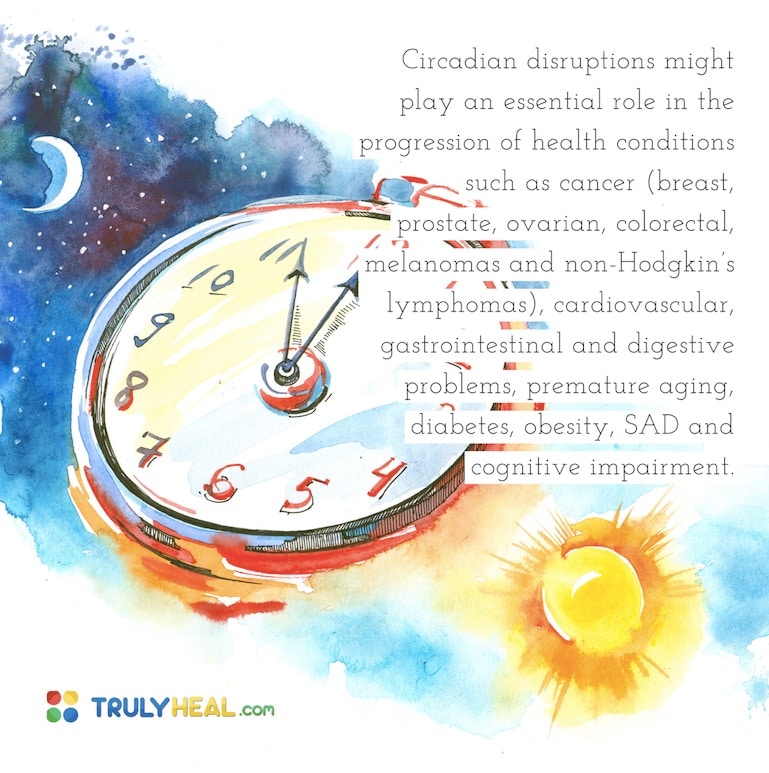


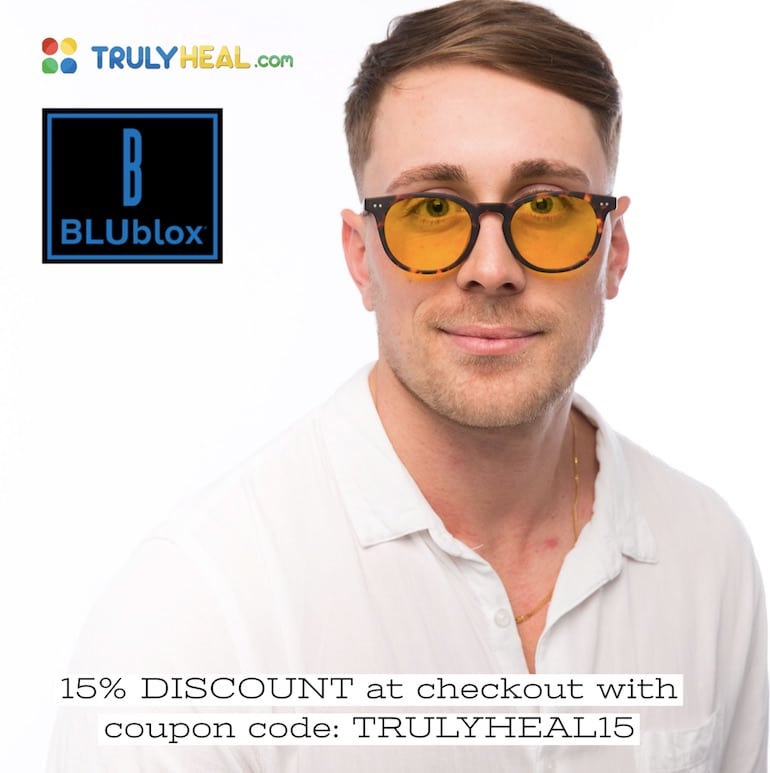




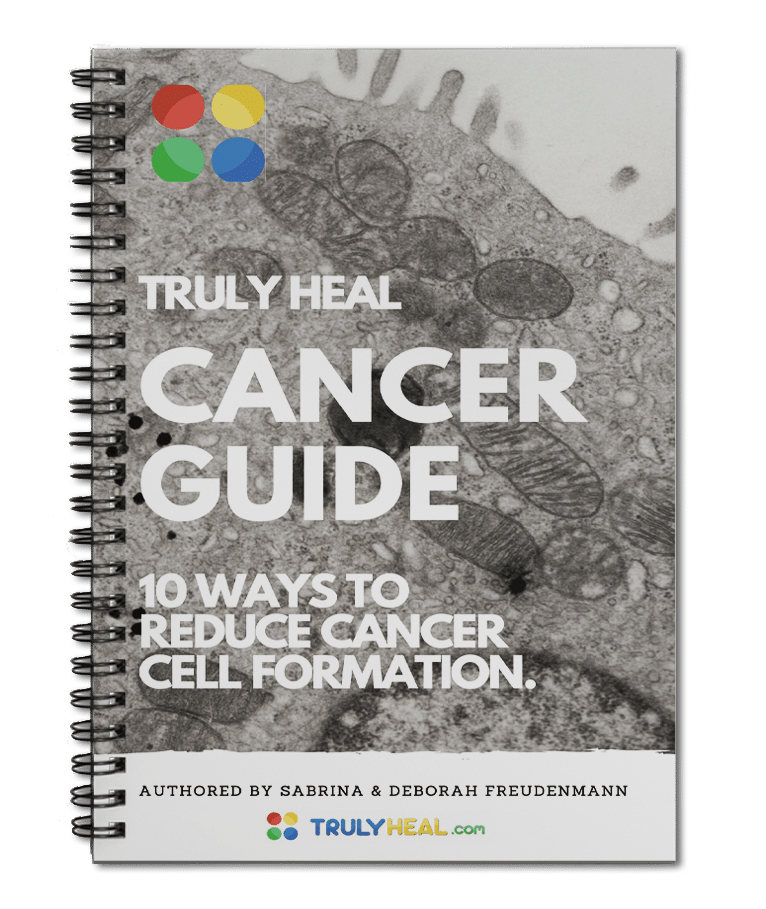




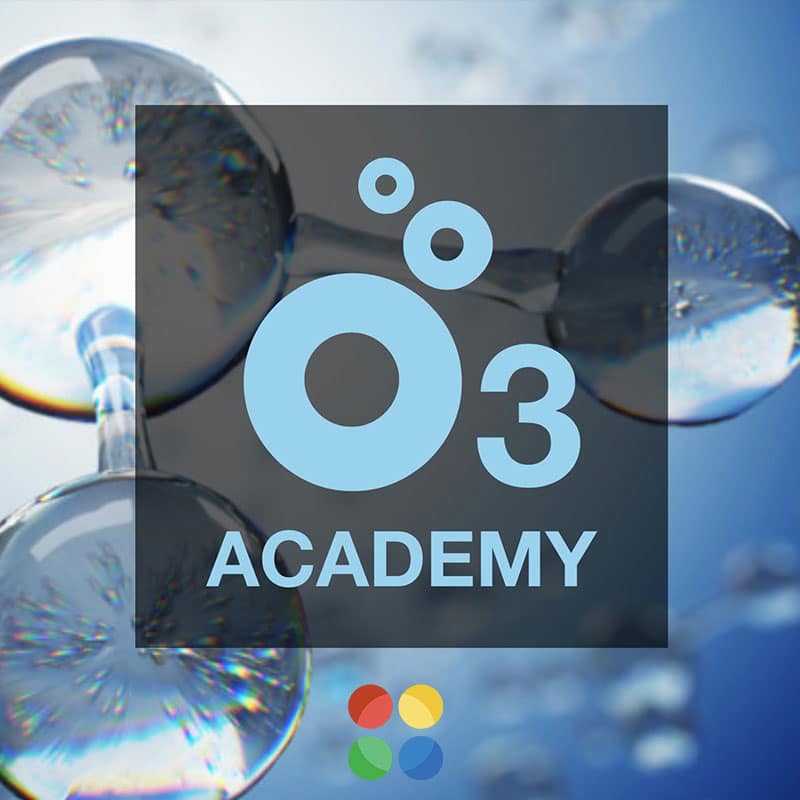
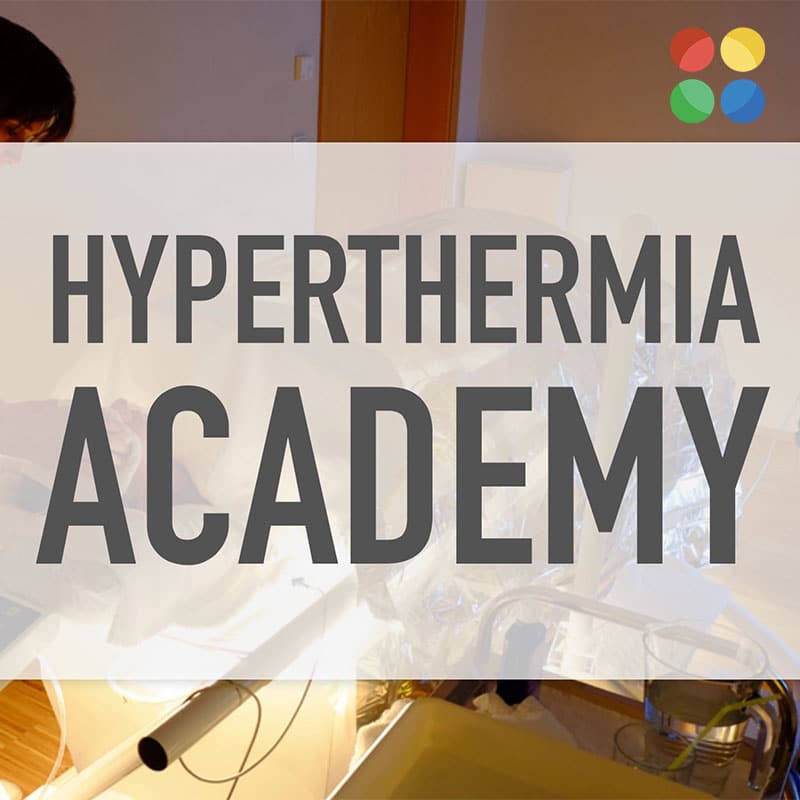


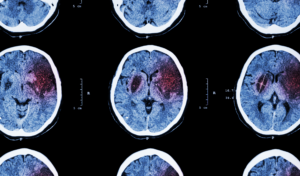



5 Responses
Very good article. Blue light and the Electromagnetic fields from the computer produce “the rouleau formation” of the blood (blood cells sticking together – unhealthy blood cells). Dr. Magda Havas – Canada Leading Scientist in The Field of EMR / Biological Effects of Electric Magnetic Fields has also demonstrated this in a short video, Live Blood & Electrosmog. Similarly, Dr. Klinghardt also talks about this.
I will add this article to my website.
Thanks,
Satesh Narain
Casas de Healing
Thank you kindly Satesh!
Best wishes
Very useful and complete. Thank You Deborah
Happy to hear you found it useful Livio. I absolutely love my blue light glasses while working on the computer! Warmest regards, Deborah